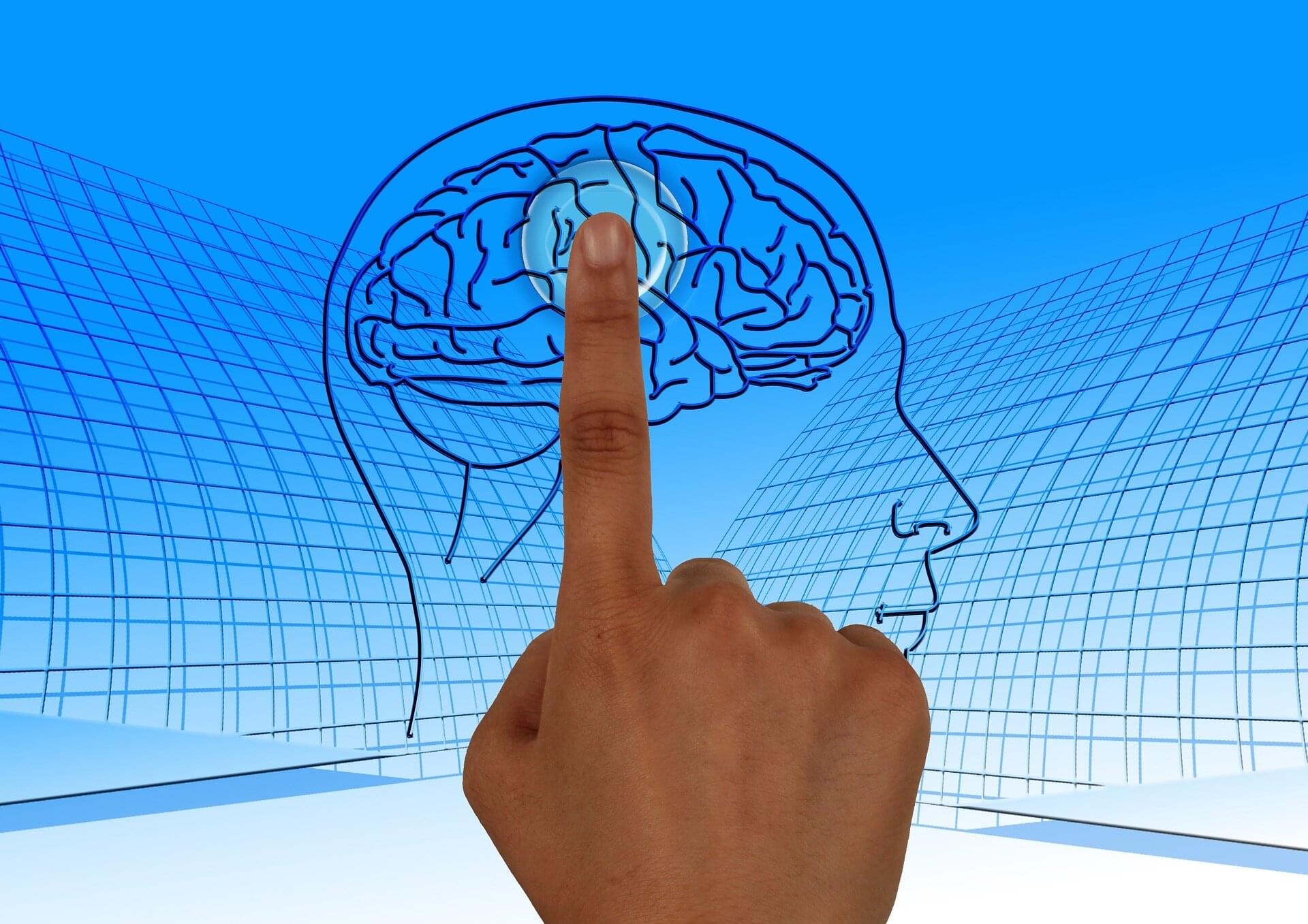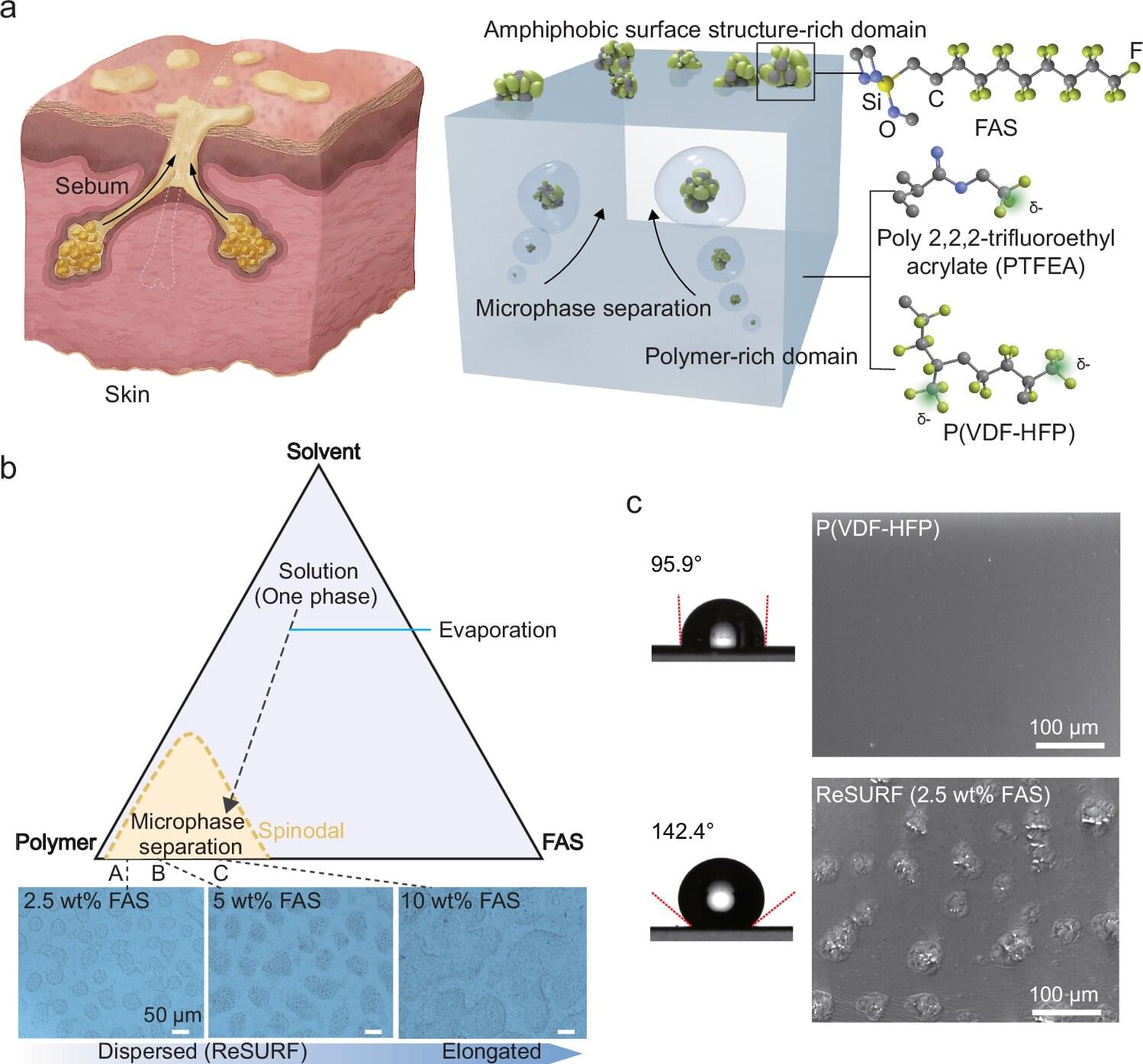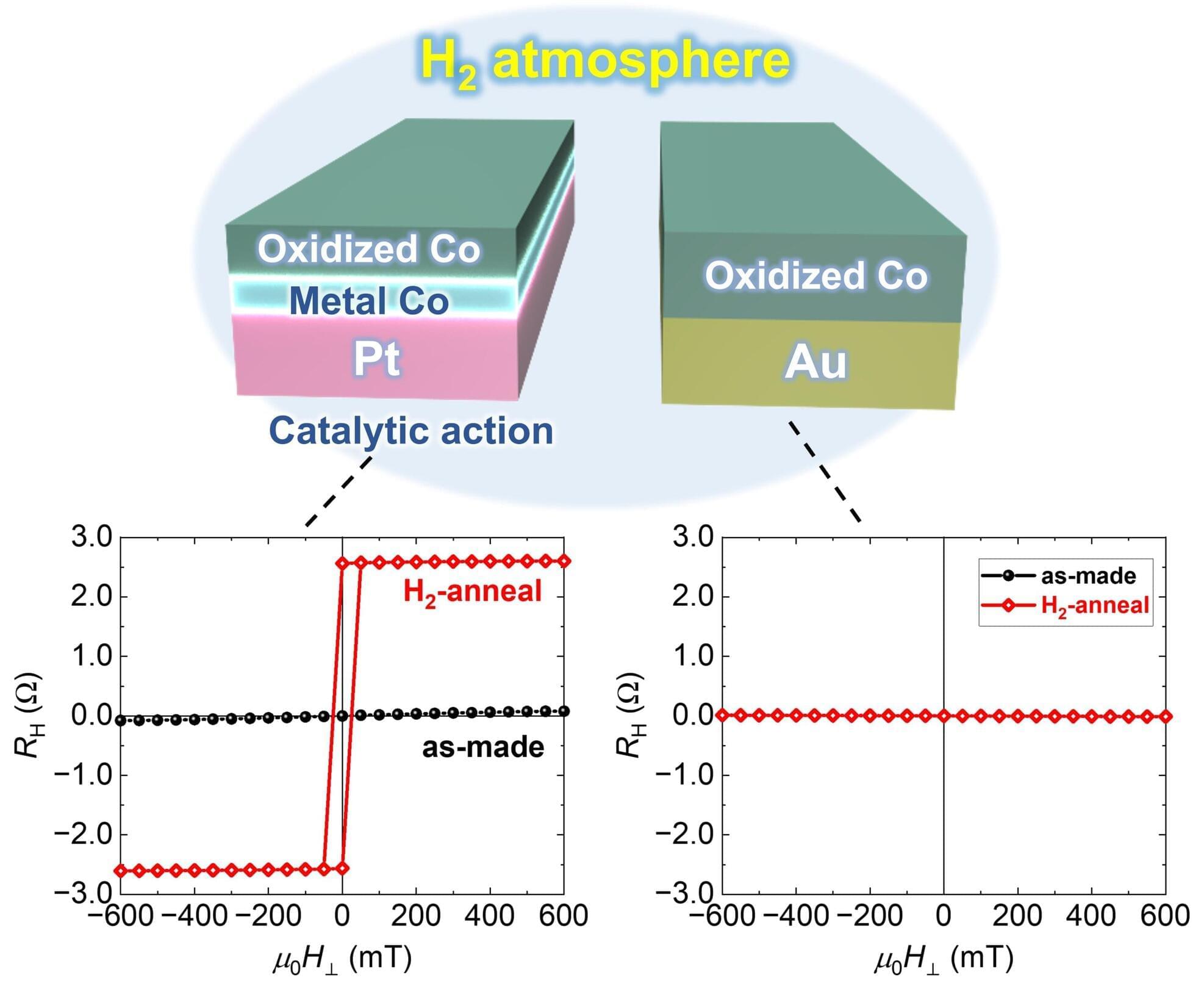Imagine you are about to confront a friend about a hurtful comment she made and are trying to predict her response. Depending on what you know about your friend, you might infer that she will understand where you’re coming from and apologize, get defensive, or respond with criticism of you.
This process of trying to predict other people’s beliefs, intentions, and emotions is known as mentalizing, and the dorsal medial prefrontal cortex (DMPFC) is one of the key brain regions that make up what is known as the “mentalizing network.” Studies have shown that the network is more engaged during mentalizing than when people make other kinds of inferences, such as about objects—like the comfort of a chair—or human physical traits.
But new research from psychologists at the University of Pennsylvania challenges the interpretation of these findings by highlighting a confounding variable in DMPFC activation: uncertainty.








